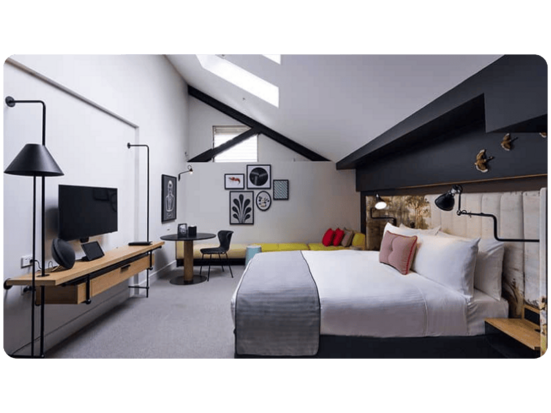What’s a Good Hotel Website Conversion Rate in 2025?
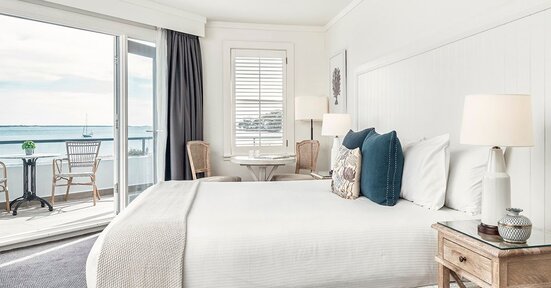
What is a hotel conversion rate?
Your hotel conversion rate is the percentage of people who land on your website and go on to make a booking. It reflects how efficiently your website turns lookers into bookers.
A high conversion rate usually means your booking experience is smooth, fast, and compelling. A low rate might suggest visitors are dropping off because of pricing, user experience, or lack of trust.
How do I calculate my hotel’s conversion rate?
The formula is simple:
(Total website bookings / Total website visitors) x 100
Example:
If 1,000 people visit your hotel website in a month and 30 of them make a booking, your conversion rate is:
(30 / 1000) x 100 = 3%
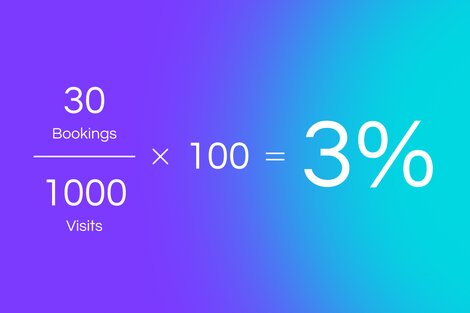
Most hotels calculate their conversion rate using a last-click attribution model, where full credit is given to the visitor’s final interaction before booking. This approach is widely used for simplicity but doesn’t account for earlier touchpoints like ads, social media, or organic search that may have influenced the decision.
You should be tracking this number every month as part of your regular website performance review. Segment your data by device (desktop vs mobile) and by traffic source (organic, paid, referral) to understand where drop-offs might be happening.
Not all traffic converts equally. High-intent sources like Google Hotel Ads (4.17%), Facebook Display (3.21%), and TripAdvisor metasearch (2.34%) often deliver stronger conversion rates than general organic search (1.55%) or blog traffic (0.2%).
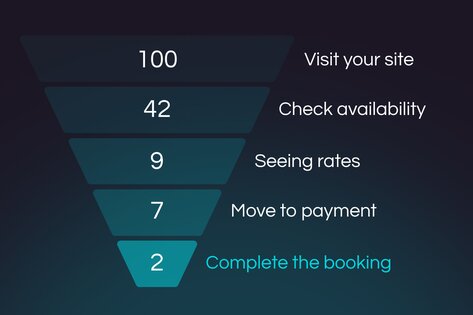
To better understand where guests abandon the booking process, here’s a simplified funnel based on average hotel site behaviour:
Hotel Booking Funnel (Out of 100 Visitors):
• 42 check availability
• 9 continue after seeing rates
• 7.5 move to payment
• 2.2 complete the booking > could we add something like (2% booking conversion rate)
This illustrates how even small gains at each stage can have a significant impact on your overall conversion rate.
What’s the average hotel booking conversion rate?
According to industry reports and partner data, the average hotel conversion rate in 2025 is around 1.5% to 2.5%. That means out of every 100 website visitors, two are likely to make a booking.
2025 Hotel Conversion Benchmarks
Average: 2.5% – 3.5%
Desktop: 2.5% – 3.5%
Mobile: 0.5% – 1.5%
Top performers: 5% – 6%+
It's important to note that most benchmarks don’t include cancellation data, which can skew results. If you're calculating based only on completed bookings without factoring in cancellations, you may be working with an inflated view of performance.
Conversion performance also varies significantly depending on the type of hotel, its location, and how users interact with your website. For example:

Hotels with strong mobile UX often outperform peers

Independent hotels tend to see better conversion rates when trust-building strategies are prioritised

Hotels selling additional services like spa treatments or events may have more traffic but lower room conversion due to mixed user intent

Hotels with lower average daily rates (ADR), such as those under €150, typically see higher conversion rates than luxury properties. Higher-end hotels often attract more browsers than bookers, which can dilute their conversion figures?
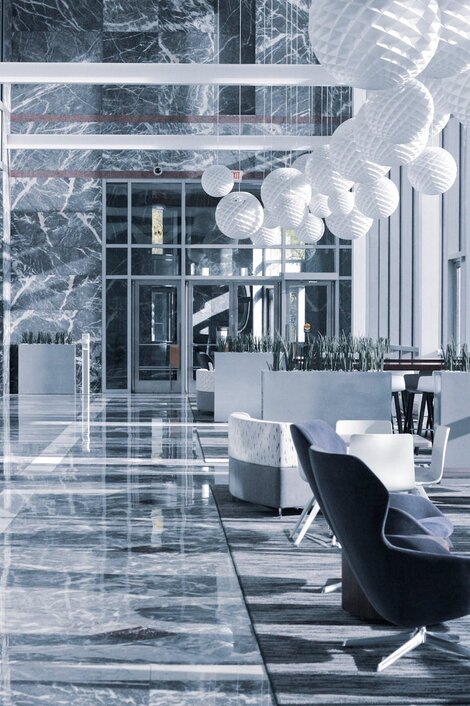
What is a good hotel website conversion rate?
Here’s a breakdown to help you benchmark your current performance:
If you’re wondering, What is a good booking conversion rate?, a realistic goal is 3% to start and 5% or more as your optimisation efforts mature.
1
Below 0.5%:
Significant issues with trust, pricing, or booking experience
2
1% to 2%:
Needs improvement, but you have a working foundation
3
2.5% to 3.5%:
Average performance and a good baseline to build on
4
4% and above:
Strong results with likely investment in UX and direct incentives
5
5% and higher:
Excellent conversion rates that indicate your booking flow is top-notch
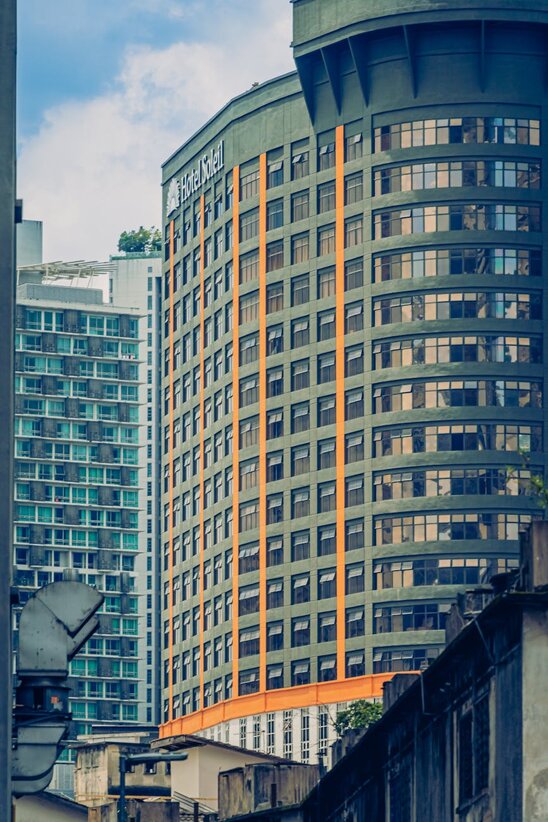
Why is my property’s conversion rate low?
Because the modern booking journey is unforgiving and most direct booking experiences still fall short. We’ve seen this firsthand in holiday parks across New Zealand, where operators want more direct bookings but struggle with inconsistent systems. For a guest planning a multi-stop trip, booking three properties often means navigating three different websites, each with a different booking engine or a confusing redirect.
Now imagine the person actually making the booking. They are trying to pull together a family itinerary, but each step is clunky or unfamiliar. Despite the best intentions to book direct, they end up on an OTA. It's fast, consistent, and they trust it. The result? The property loses a direct booking, pays a commission, and misses out on guest data that could have supported their CRM, loyalty program, or even keyless check-in.
It’s not a demand problem. It’s a trust and experience problem. If your site looks dated or redirects to something unfamiliar, guests will bounce. Fixing that means delivering a smoother, faster, more confident booking experience that feels like the OTA, but keeps the booking, the data, and the relationship in your hands.
The hidden cost of a low conversion rate
When your conversion rate is low, you’re not just missing out on bookings. You’re handing them over to someone else. Guests who abandon the process often end up booking through an online travel agency, where the journey feels smoother, faster and more familiar. That one missed booking now comes with a hefty commission and no access to the guest's data.
That’s where the real damage is done. Without first-party data, such as an email address, preferences or a direct relationship, you can’t fuel your CRM, loyalty program or tech stack. It’s harder to personalise future stays or power systems like keyless entry. Low conversion rates don’t just mean fewer bookings. They lead to fractured guest experiences, lower lifetime value and ongoing reliance on third-party platforms.
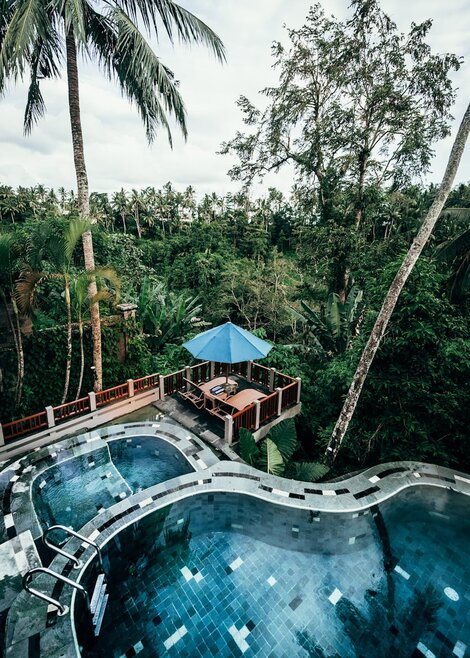
Direct ways to improve your hotel conversion rate
The clearest way to improve your hotel website conversion rate is by improving what users see and interact with directly.
1. Add clear book-direct incentives
Make it worth their while.
Offers could include:
- Free breakfast
- Late checkout or room upgrades
- Flexible cancellation policies
- Exclusive packages or discounts
Display these on your homepage and room pages, not just within the booking engine.
2. Use a specialised hotel booking engine
Generic or outdated systems often cause friction.
Choose a platform like RoomStay that offers:
- Fast performance on all devices
- Real-time availability and pricing
- Multi-room booking options
- Seamless guest experience
3. Optimise for mobile and desktop
Guests expect your site to load fast and work flawlessly.
Prioritise:
- Sub-two second load times
- Intuitive navigation on small screens
- Large, tappable buttons and simple calendars
Mobile performance can be the single biggest differentiator between a 1% and 3% conversion rate.
4. Display live pricing and availability
Guests should not need to dig through multiple pages to view rates. Pull dynamic pricing into the homepage and ensure availability updates in real time.
5. Remove booking friction
Examine every step between room selection and confirmation.
Streamline where possible:
- Enable guest checkout (no login required)
- Use autofill for returning visitors
- Eliminate unnecessary form fields
- Collapse the booking journey into one clear page
Want to dig deeper into what could be hurting your conversion rate? Check out our guide on why your hotel website isn’t converting and how to fix it for practical, fast-win solutions.
Indirect strategies that drive better conversions
Some of the most powerful improvements happen outside the booking engine itself. These strategies build trust, reduce doubt, and support a better overall guest experience.
1. Encourage and display guest reviews
Display social proof prominently on your homepage and key landing pages.
Consider using:
- Real-time review feeds
- Guest testimonials with photos
- TripAdvisor or Google rating widgets
2. Upgrade your images and descriptions
Poor visuals reduce trust. Improve your content by:
- Using professional photography with natural light
- Including photos of every room type, not just one
- Writing benefits-led room descriptions that show value
3. Be transparent with pricing
Guests hate surprises. Make sure your website:
- Shows total costs upfront
- Clearly outlines any taxes or fees
- Offers a best-rate guarantee
Transparency builds trust, which builds conversions.
4. Create urgency the right way
Done well, urgency improves conversions. Add:
- Low-stock messages like “Only 1 room left”
- Seasonal offers with end dates
- Countdown timers for limited-time deals
Just avoid false scarcity. It undermines credibility.
5. Maintain SEO and site performance
Your conversion rate is only meaningful if people are actually finding your site. Good SEO ensures your website ranks well in search results and attracts qualified traffic. But visibility alone isn’t enough, you also need strong site performance to keep potential guests engaged.
Prioritise:
- Fast page load times (aim for under 2.5 seconds)
- Clean, crawlable site structure
- Compliance with Google’s Core Web Vitals
In addition to technical SEO, on-page tools can help nudge hesitant users toward booking. Live chat, review widgets, and real-time price comparison tools have been shown to increase conversions by 15–30%, especially among guests who need a final confidence boost before committing.
Conversion rate vs revenue: why both matter
A high conversion rate is great, but it’s not the full story. For example, converting 5% of users into bookings is impressive, but if those bookings are all for low-value stays, you’re not making the most of your traffic.
Track supporting metrics such as:

Revenue per visitor (RPV)

Average booking value (ABV)

Length of stay
These help you evaluate profitability, not just volume.
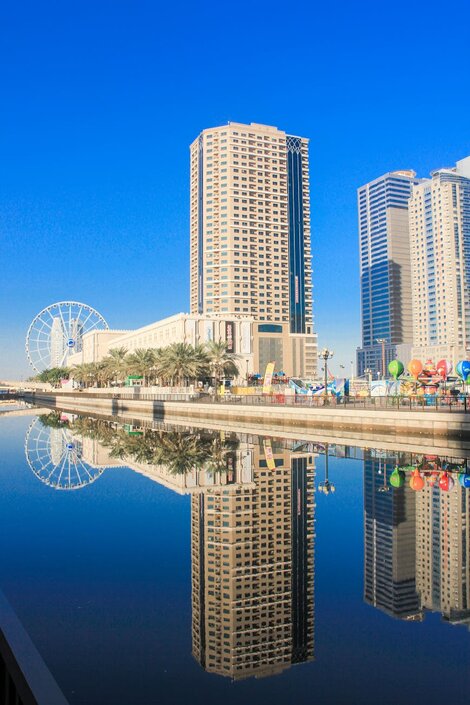
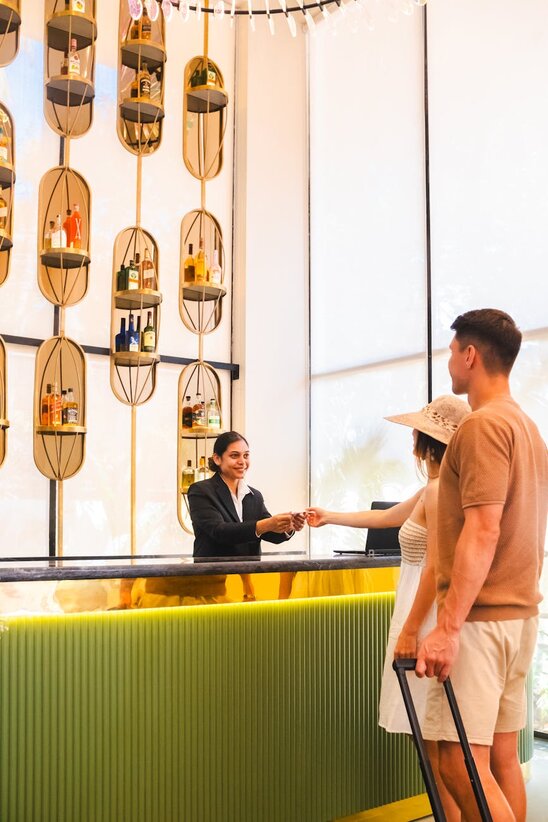
Summary: how to track and improve your hotel conversion rate
Here are your key takeaways:

Calculate conversion rate: (Bookings ÷ Visitors) x 100

Benchmark monthly, broken down by traffic source and device

Average rate: 2.5% to 3.5%, with 4%+ as a strong goal

Improve your direct booking experience and trust signals

Use tools like RoomStay to reduce friction and offer real-time clarity

Optimise across mobile, desktop, and content channels
The best hotel websites don’t just look good—they convert.
Turn traffic into bookings with RoomStay
Want more direct bookings and fewer drop-offs? RoomStay gives you the tools to turn website visitors into paying guests. Our lightning-fast booking engine, live pricing integrations, and mobile-first UX are built to convert.
Get in touch today and see how RoomStay can help you boost your hotel conversion rate for good.
Frequently asked questions
What is a hotel website conversion rate?
A hotel website conversion rate is the percentage of site visitors who complete a booking. It’s calculated by dividing bookings by total website visitors, then multiplying by 100.
What’s the average hotel conversion rate?
The average hotel website conversion rate is around 2.5% to 3.5%. Top-performing websites can reach 5% or higher.
What is considered a good booking conversion rate for hotels?
A good benchmark is 3% and above. Rates of 4% to 5% indicate a well-optimised booking experience and a strong direct channel strategy.
Why is my hotel conversion rate low?
Common reasons include slow site speed, poor mobile experience, hidden fees, or lack of booking incentives. You can learn more in our guide to why your hotel website isn’t converting.
How can I increase my hotel’s website conversion rate?
Optimise your site with fast load times, clear book-direct offers, compelling room descriptions, and trust-building tools like guest reviews and price comparison widgets. Consider a platform like RoomStay’s booking engine to simplify and speed up the user journey.
